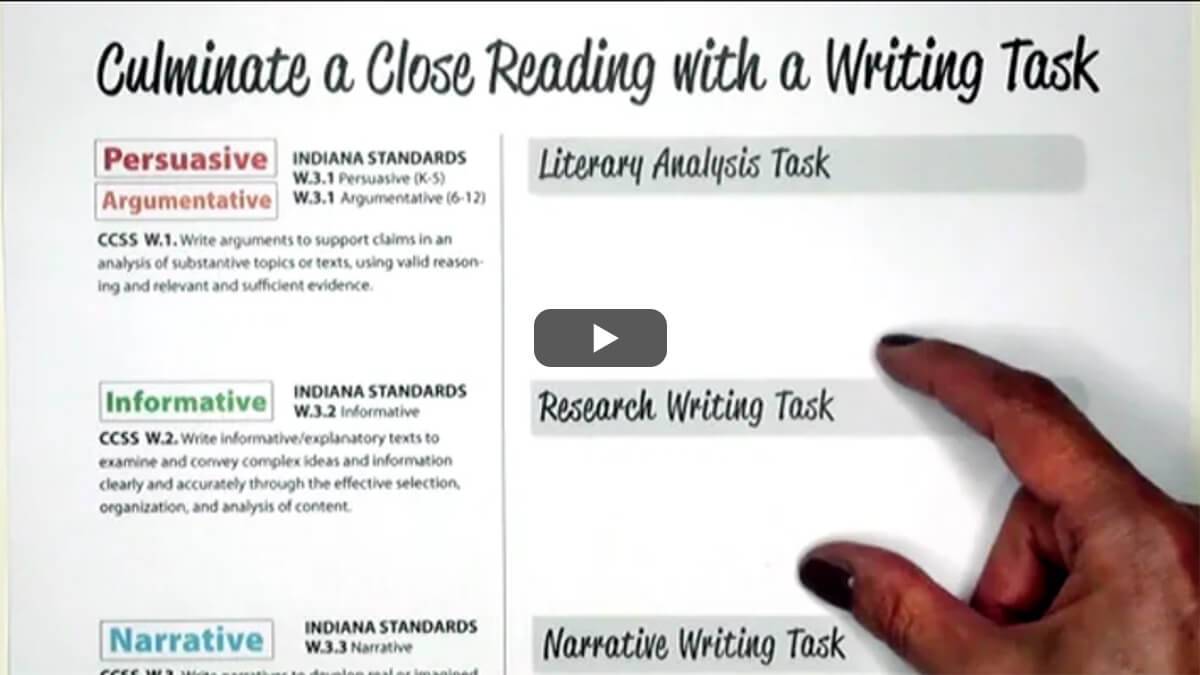Learning Center
Reading
Return to annotations after reading
March 4, 2019
Students annotate the text while reading for a variety of reasons. They may…
- Mark the text in order to stay focused and engaged.
- Track the connections and questions of their Thinking Voice.
- Underline main ideas and circle key vocabulary terms.
- Indicate details that provide support for text-dependent questions.
However, if the only time annotations are utilized in class is during the reading process, then students are missing out on a bigger benefit.
Real value comes when readers return to the annotations after reading. When answering questions, participating in text-based conversations, and/or providing written responses, students should refer to their annotated texts.
Within the margins they can review their own thinking–their inferences, questions, confusions, and conclusions. And each of these thoughts is adjacent to the literal text details that spurred it. By reviewing annotations, students retrace the journey of their thinking. Thus, they can engage in more specific discussions and cite explicit textual evidence.
Consequently, all of the marks, codes, and symbols readers make during reading serve as the raw material to answer questions after reading–whether in discussion or in writing.




